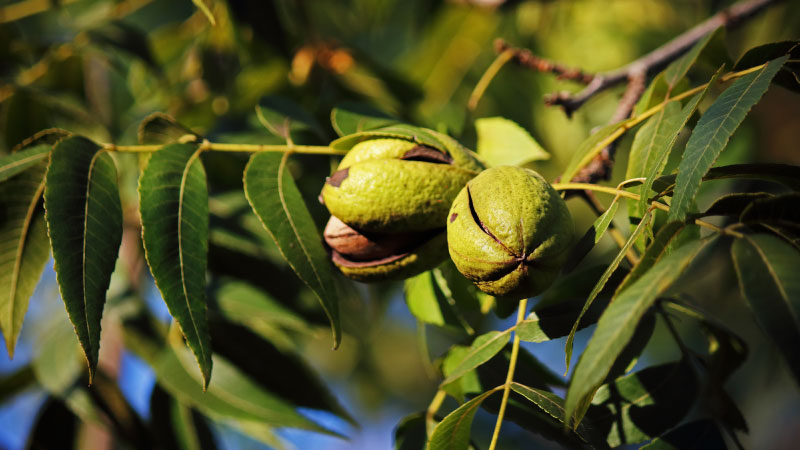5 Mistakes You May Be Making With Your Orchard’s Website
 I can’t remember the last time I used the Yellow Pages, White Pages, or even a phone book. If I want to get information on a business, I use the Yellow Pages of my generation — Google. Search results lead me to company’s websites or sometimes Facebook pages, where I find the number I need.
I can’t remember the last time I used the Yellow Pages, White Pages, or even a phone book. If I want to get information on a business, I use the Yellow Pages of my generation — Google. Search results lead me to company’s websites or sometimes Facebook pages, where I find the number I need.
I’m not alone in this assertion. According to Search Engine Land’s Local Consumer Review Survey, 85% of consumers turn to the Internet to look for local businesses. What this means for your farm market business is in this day and age, if you don’t have a website, you don’t exist. Nothing could be truer for an orchard with a pick-your-own component.
This also means that if your business does not show up high in search results — on the first page — it is also as if your business doesn’t exist.
I’ve browsed my fair share of websites for farmers’ markets, orchards, etc., and there are a few mistakes I’ve noticed that your website may or may not be guilty of (I’m not going to name names). Here are the five deadly sins of orchard websites. Look these over to see if your site has some room for improvement to help you run your business better.
MISTAKE NO. 1: MISSING CONTACT INFORMATION — Part of the reason consumers head to your website might be to reach out because of a question or to see what your operating hours are. Make sure that information is easily visible, and consistently located on each page. It also helps to have a “Contact Us” option in your navigation.
“A website rarely has the answer to every visitor’s question, so make sure your audience can get a hold of you if they need more information,” Bob West, Meister Media Worldwide’s director of interactive sales says.
MISTAKE NO. 2: INCONSISTENT NAVIGATION — It’s frustrating to me to have to work to look for contact information (see Mistake No. 1), especially if the website’s navigation is inconsistent. Just remember what order your tabs, headers, or drop-down menus are in, and make sure they’re the same way throughout your site. This helps to create a professional and consistent look.
MISTAKE NO. 3: NEGLECTING SOCIAL MEDIA INTEGRATION — Your Facebook page is the first place to note the day-to-day updates for your operation. Often your websites are the last place to get updated, especially with information on what is being picked that day, if there are any specials going on, or what is in season. If you’re taking the time to promote your business through all these avenues, why aren’t you taking the time to promote them on your website? Facebook, Twitter, and all your efforts should be connected, not separate.
MISTAKE NO. 4: NOT DEFINING WHO YOU ARE AND WHAT YOU DO — If I’m visiting your website, I want to know what you grow and what type of events you have at your orchard. Use your website, especially your home page to explain what you sell. Pictures and videos help.
Bob offers this extra tip: “People get online because they need help solving a problem. Offering them solutions endears them to your company and demonstrates your expertise. It also increases the odds of them coming back to your site later.”
MISTAKE NO. 5: FORGETTING TO BUILD IN SEARCH TAGS — Search tags are hidden within the coding of a website and provide additional information and keywords.
“Tags are the words that Google ‘reads’ on your website to help it know when your site should be included in search results,” Bob says.
Although these sound very technical, in essence what you’re doing is helping Google find you and connect you with people searching for similar operations, or operations near them (which could be you). Here’s a good resource for more information on search tags.
BONUS MISTAKE: IGNORING THE MOBILE USERS — Mobile web browsing is increasing year-over-year. This is almost a must anymore. If you don’t have a mobile-friendly website, you may be ignoring potential new customers and visitors to your orchard. There are several easy ways to convert your website to be mobile ready and I’ll talk about these next month.
Details matter in your orchard and farm market. If you take the same approach to your website, you’ll reap the rewards of your hard work. Ultimately, what you’re trying to do is make the technology work for you, by understanding what Google is looking for and then tailoring your the information presented on the website in a way that it is effective.
For some extra help here’s some solid website advice from Matt Cutts a software engineer from Google Link 1 and Link 2.










